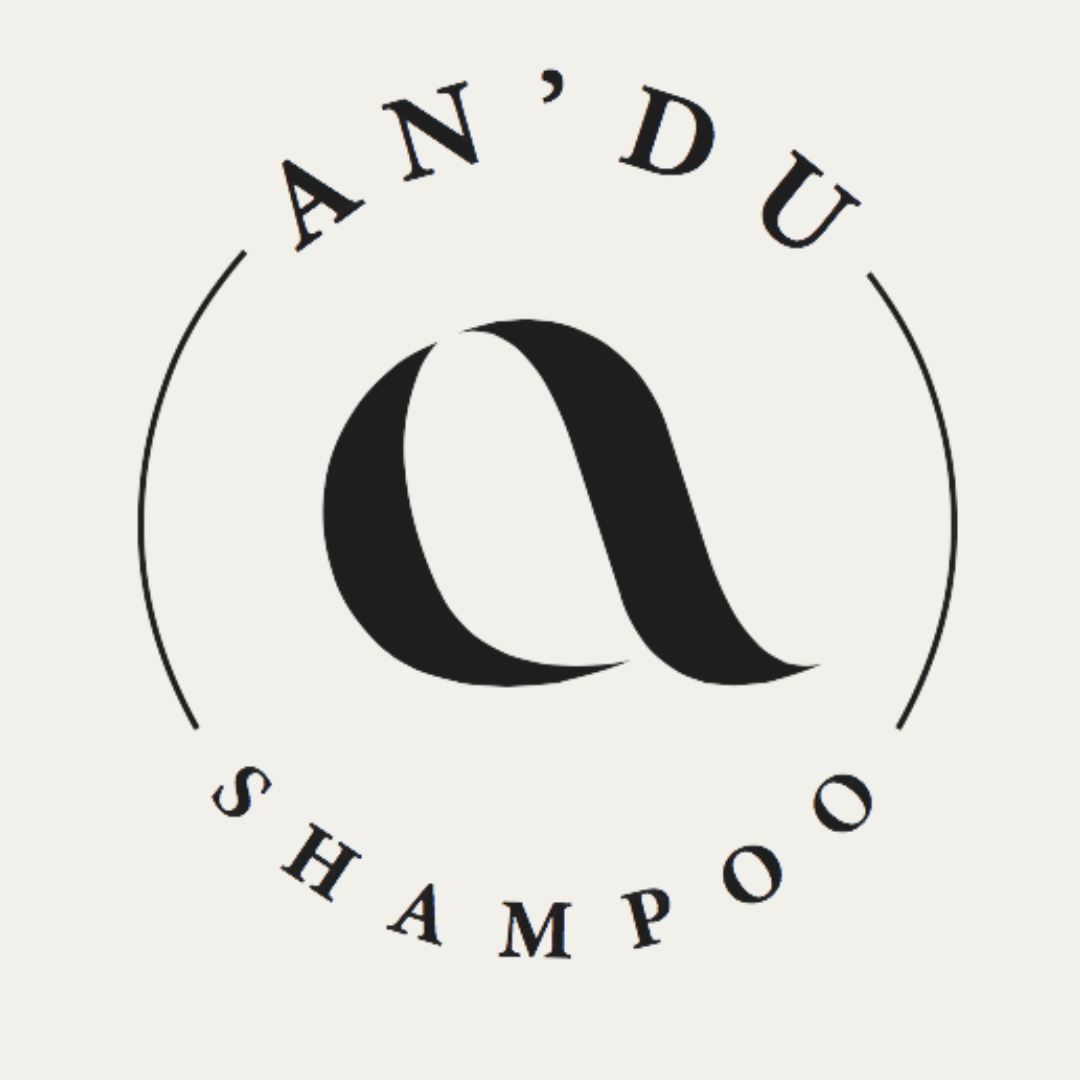Living Green and caring about the planet takes time, research and energy.
Where can I recycle my old electrical equipment, who can stitch my favourite coat rather than binning it? What is the carbon foot print of my diet and worst of all (in my opinion at least), why oh, why do some tasty foods have such a large carbon foot print?
You can spend the whole day checking on your lifestyle and trying to improve it for the sake of the planet. The truth is most of us are somewhere in the middle, we do our recycling, happy to buy second hand clothes, have reduced or stopped meat and dairy but there’s still that nagging feeling we could be doing more! I believe that although we all need to take our own personal responsibility, the biggest changes are going to come through governments and big corporations. That being said – if you’re looking for more sustainable swaps that you can take on, look no further, we have a really interesting one for you right here.
Let’s have a look at your hair care routine – perhaps you have already made the swap to a shampoo and conditioner bar? The reduction of plastic bottles is a massive plus for the environment. The huge reduction in water also means less weight to transport and therefore less fuel. But are there any other benefits?
There are four types of ingredients that you can think about when buying your shampoo to either include or avoid.
- Choose one with cleansers that are plant based, and better still made via fermentation (the lowest carbon footprint).
Common examples of plant based cleansers found in shampoos are:
Sodium Cocyl Isethionate,
Decyl/ Lauryl/Coco Glucoside
Sodium Lauroyl Glutamate
Examples of fermented cleansers (which have the best carbon footprint):
Rapseeed sophorolipids.
- Avoid shampoos with PEGs (polyethylene glycol) PEGs are petroleum based chemicals that act as thickners and softeners. They have envrionmental issues in that they are either slow to biodegrade or completely non biodegradable causing pollution in our waterways and to all animals that live within our waterways.
Examples of common PEGs and their derivatives are:
Laureth-4
PEG – 150 pentaerythrityl tetrasearate
Steareth-20
- Avoid shampoos with silicones in them.
For a material to be biodegradable, microorganisms must act on it breaking it down for food – producing soil nutrients. Micro-organisms do not recognise silicone as food so silicone is not biodegradable. (It can also cause build up on you hair so is best avoided for cosmetic reasons also).
Examples of common silicones in shampoos:
Cyclopentasiloxane
Dimethicone
Dimethicone copolymer
Amodimethicone
Phenyl trimethicone
- Avoid shampoos that contain the letters EDTA.
Disodium EDTA – EDTA derivatives are known pollutants, or contaminants, because they prevent the biodegradation process in water.
The other, slightly longer and more laborious way is to check out the companies website before you buy. As a general rule of thumb, if the website doesn’t say anything about it’s ingredeients, where they come from and their biodegradability profile then that usually means that they don’t want to for a reason!
One thing I can tell you is that as far as fermented surfactants go there is only one shampoo and conditioner bar in the UK that contain them and that’s An’du.
